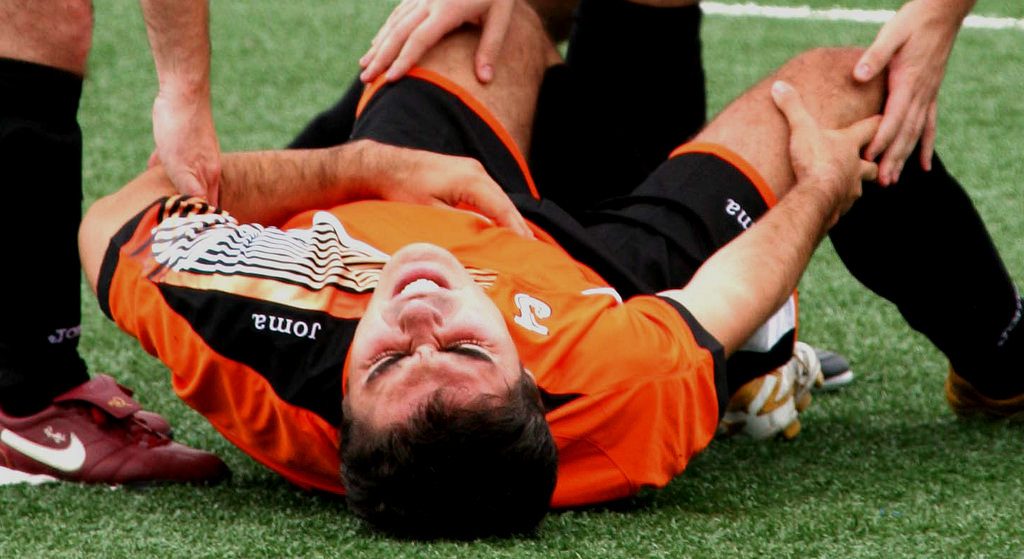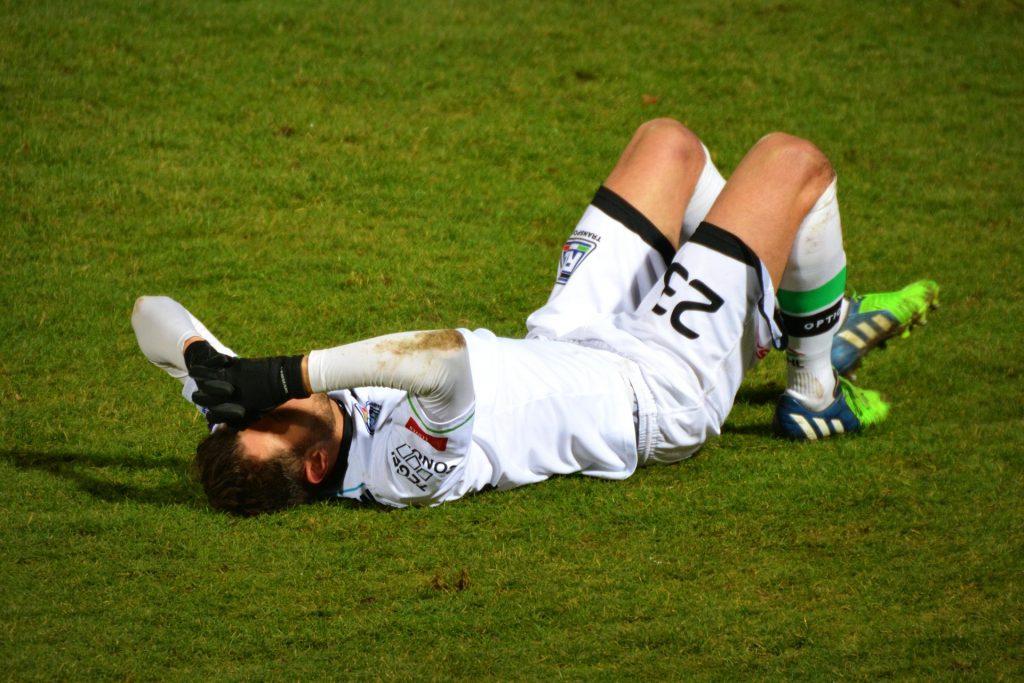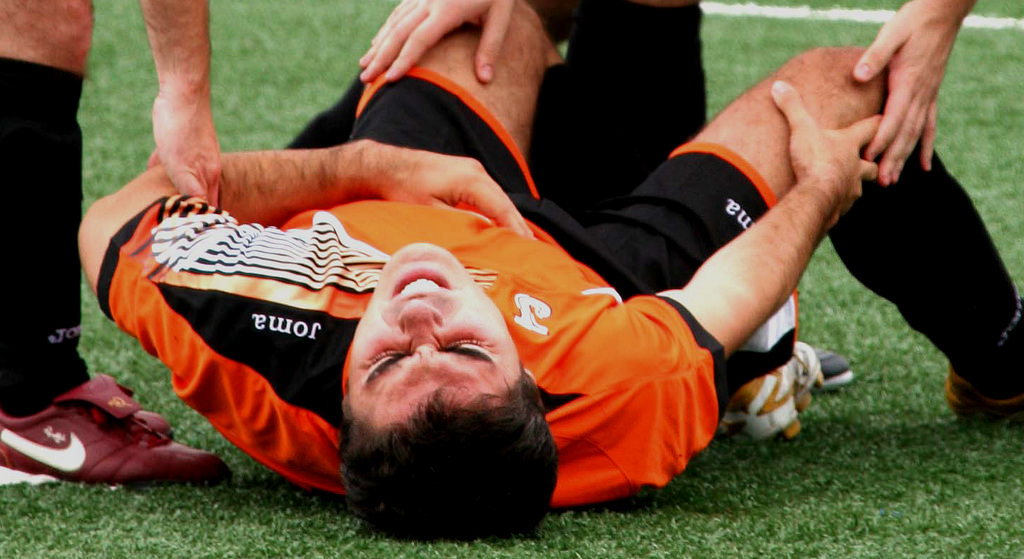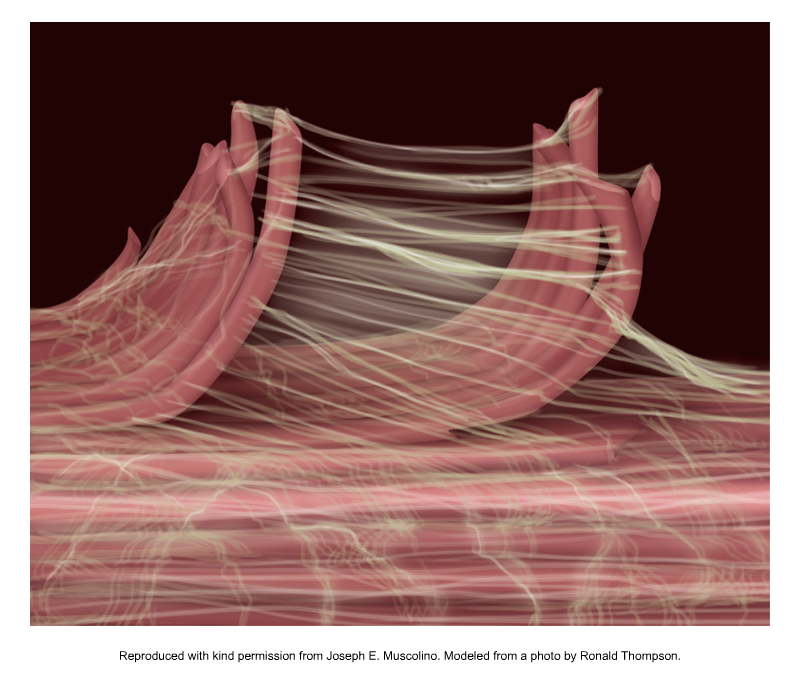Rehabilitation Following Muscle Strain Injuries
 Muscle injury (muscle strain) is common in sports and exercise. Acute injury can result in a loss of performance, delay in recovery time, and a risk of recurrence. Researchers from Bispebjerg Hospital, Copenhagen, Denmark investigated the effect of the timing of rehabilitation treatment following acute muscle strain injuries. In particular, they compared early versus delayed rehabilitation on the recovery process of injured musculotendinous tissue. The study was published in the September 2017 issue of New England Journal of Medicine.
Muscle injury (muscle strain) is common in sports and exercise. Acute injury can result in a loss of performance, delay in recovery time, and a risk of recurrence. Researchers from Bispebjerg Hospital, Copenhagen, Denmark investigated the effect of the timing of rehabilitation treatment following acute muscle strain injuries. In particular, they compared early versus delayed rehabilitation on the recovery process of injured musculotendinous tissue. The study was published in the September 2017 issue of New England Journal of Medicine.
Study
A randomized, controlled trial was performed that involved 50 amateur athletes with acute injury of thigh musculature (approximately 60% of the participants) or calf musculature (approximately 40% of the participants). The muscle strain injuries were mostly associated with playing soccer or participating in track-and-field events. Participants (average 34 years of age) were recruited fewer than 48 hours after injury, where they were randomized to receive either an early therapy (2 days after injury) or a delayed therapy (9 days after injury). The effects were followed for one year.
Treatment Protocol
All muscle strain injury participants completed a standardized four-stage therapy protocol, which involved the following:
- Daily repeated static stretching (week 1)
- Daily isometric loading with increasing load (weeks 2 to 4)
- Dynamic loading with increasing resistance three times per week (weeks 5 to 8)
- Functional exercises combined with heavy strength training three times per week (weeks 9 to 12)
The primary outcome criteria were the participant’s ability to return to sports, measured as the first time of full participation in sports after being asymptomatic, and successful completion of a functional pain test (a score of less than or equal to 1 on a 0-to-10 pain rating scale, with 0 being no pain and 10 being the greatest pain that one could imagine).
Results
 The outcome showed that the recovery time (interval between muscle injury and the return to sports) was about 20 days shorter in the early therapy group compared to the delayed therapy group for people with muscle strain injury. The median interval for early therapy was 62 days compared to 83 days for the delayed therapy group. And one re-injury occurred in the early therapy group; no re-injuries occurred in the delayed injury group.
The outcome showed that the recovery time (interval between muscle injury and the return to sports) was about 20 days shorter in the early therapy group compared to the delayed therapy group for people with muscle strain injury. The median interval for early therapy was 62 days compared to 83 days for the delayed therapy group. And one re-injury occurred in the early therapy group; no re-injuries occurred in the delayed injury group.
The consequences of prolonged immobilization (in other words, delay of the introduction of treatment therapy) after a recreational sports injury were clearly shown in this study. Starting rehabilitation two days after injury rather than waiting for nine days shortened the pain-free recovery and return to sports by approximately three weeks without any significant increase in the risk of re-injury.
Importance
This observation supports the importance of early loading (treatment) of injured myofascial tissue because immobilization can swiftly and adversely affect muscle and tendon structure and function. The authors hypothesized that the regeneration of the connective tissue matrix component of muscle–tendon tissue was the underlying mechanism for the difference in the results between the early and delayed treatment groups.
Application
This study shows the importance of early intervention of rehabilitation treatment after a muscle strain injury.
This blog post article was created in collaboration with www.terrarosa.com.au.
(Click here for the blog post article Strains and Sprains of the Low Back and Pelvis.)



